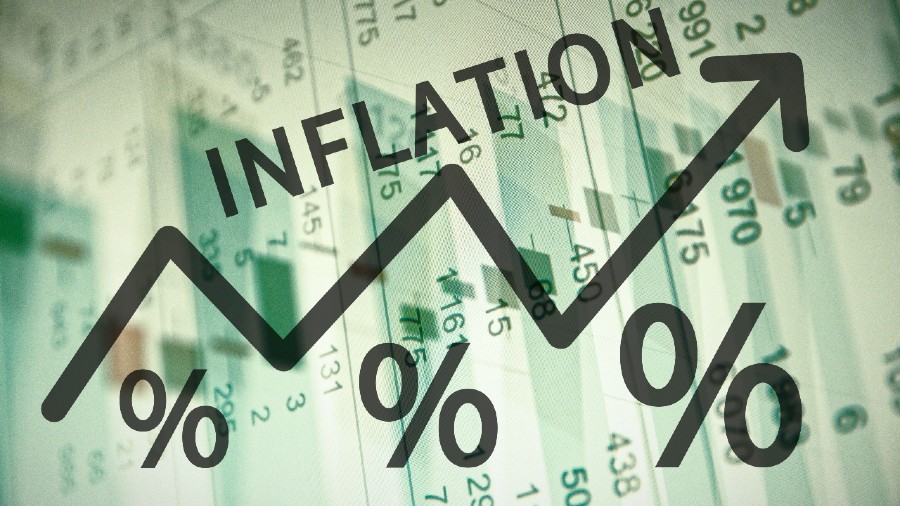Wholesale inflation spiked to a 30-year high at 14.23 per cent in November — a level that hasn’t been seen since India embraced economic liberalisation in 1991.
The surge was led by a vault in the prices of food, fuel and power, basic metals and chemical products.
Inflation based on the wholesale price index (WPI) — a gauge that economists and policy makers watch closely — rose by 12.5 per cent in October and a revised estimate of 11.8 per cent for September.
It was at a modest 2.29 per cent in the same month last year.
The stratospheric leap in November indicates that inflation isn’t going to be as benign as the Reserve Bank of India policy makers tried to suggest in their statement issued after the December 8 meeting where they decided to hold interest rates in order to give the economy the chance to recover after 7.3 per cent contraction in GDP in the previous fiscal.
It was the first contraction of the Indian economy since 1979-80 when it plunged to minus 5.2 per cent.
On Monday, retail inflation rose to a three-month high of 4.91 per cent in November while, more worryingly, core inflation — which strips out the effects of food and fuel prices — climbed 6.21 per cent.
Economists have cautioned that the rate of price rise is expected to remain in double digits for the next few months because of a floundering rupee, elevated crude oil prices and the omicron virus outbreak that threatens to disrupt global supply chains all over again.
Inflation has raised its hydra head in several economies around the world and a number of central bankers, including those in the US and Europe, are meeting this week to consider the adoption of appropriate steps to tame prices.
The stock and currency markets reacted with alarm to the latest inflation report with the Sensex tumbling 479.55 points at one stage before clawing back some of the losses to close at 58,117.09 on the Bombay Stock Exchange, down 166.33 points.
The rupee also sank to an 18-month low against the US dollar to close at 75.88, a level not seen since June 22 last year.
The WPI inflation data are put out by the commerce ministry while the retail inflation figures come from the National Statistical Office (NSO). There is a wide gap between the two figures because of the composition of the data set and the different methodologies used. But both gauges suggest that inflation isn’t going to be a transitory phenomenon — a point that US Federal Reserve chairman Jerome Powell emphatically made last week.
Aditi Nayar, chief economist at rating agency ICRA, said November’s WPI figures came as a shock, reflecting an uptick in input costs for firms and the impact of the rupee depreciation.
“WPI inflation at 14.23 per cent in November was the highest since 1991. The primary reason for this was food inflation, which surged to 6.7 per cent in November from 3.1 per cent in October,” said Dharmakirti Joshi, chief economist at CRISIL.
WPI inflation for crude petroleum leapt 91.74 per cent. The effects of the moderation world crude prices may show up only in December.
The WPI inflation has been in double-digits since the start of this fiscal and the pace has increased since September. Cost pressures are also becoming more broad-based as food inflation has started to rise in addition to the already-elevated non-food inflation.
“The Consumer Price Index (CPI) data indicate that producers have been gradually passing through these cost pressures to consumers. This means that the pressure on core inflation will persist in the near future,” Joshi added.
Nayar said: “We now forecast the WPI inflation to average 11.5-12.0 per cent in FY22, with the headline and core inflation expected to continue to print in double-digits over the next three months and one month, respectively.”
“A double digit WPI inflation print and the persistent gap between retail and wholesale prices pose threats to price stability in the economy,” said Madan Sabnavis, chief economist at Care Ratings.












